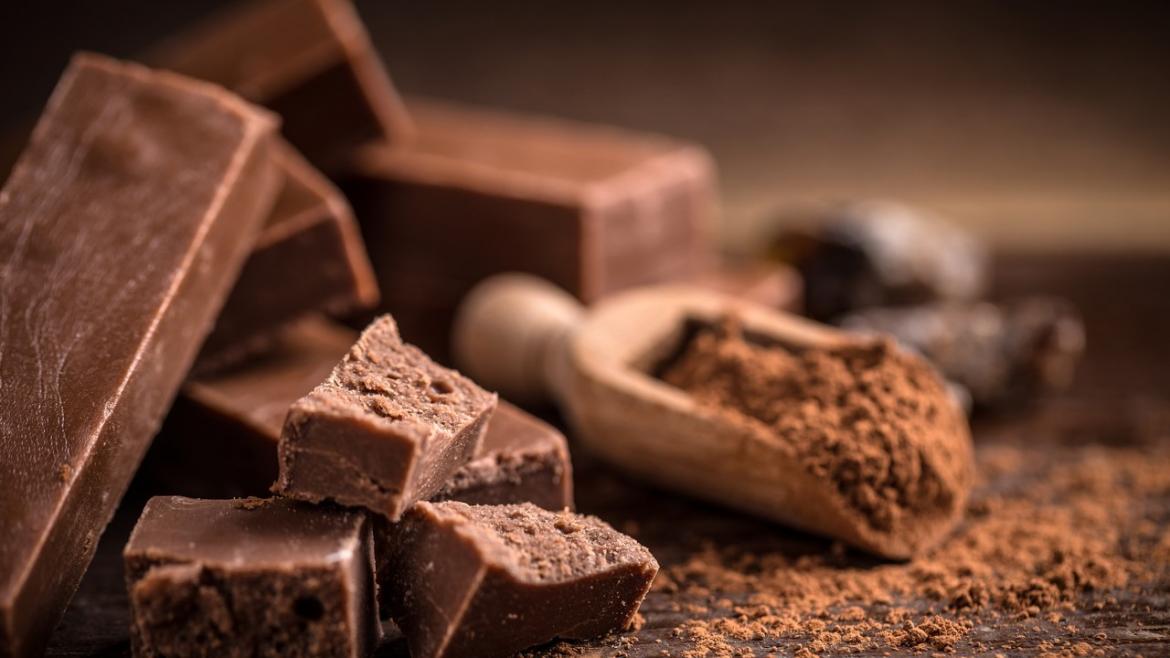We take a look at chocolates produced in Belgium, Switzerland, Ecuador, the UK and the US, and chocolate museums and tours
Most people who love chocolates would say that the best ones come from Belgium or Switzerland. But things have changed – other countries have upped their game and have gained a reputation for producing outstanding chocolates in recent years.
So which country makes the best chocolates? There is no obvious answer. After all, this is about personal taste.
Here are five countries, each of which is reputed to produce the best chocolates:
Belgium
The best truffles and pralines come from Belgium. Belgian chocolate-makers use artificial emulsifiers to create smoother and sweeter chocolates. There are more than 2,000 shops across the country with a good number of them being independent chocolate makers handcrafting the confectionary. The history of chocolate in Belgium dates back to the 17th century, but it wasn’t until the 19th century that the industry expanded on a large scale. By 2017, total exports of chocolates amounted to €2.8 billion (US$3.2 billion). Godiva, Leonidas, Côte d’Or and Neuhaus are among the well-known Belgian brands.
Check out: the Museum of Cocoa and Chocolate in Brussels, or Choco-Story in Bruges, for the history of chocolates – and delicious tastings in their demonstration centres.
Switzerland
When it comes to milk chocolate, look no further than Switzerland. Swiss chocolate makers have perfected their art. It all started with Rudolf Lindt, whose brand has gained a global following since its humble beginnings. The founder of Lindt came up with the technique of “conching” – a process which makes chocolate warm as you grind it between rolling pins. This is how a sweeter and creamier result is achieved. Though the country’s chocolate history started in the 17th century, this hasn’t stopped the Swiss from coming up with new concepts from time to time. Last year, Zurich-based chocolatier Barry Callebaut made headlines with its pink chocolate, made from ruby cocoa bean that has a natural berry flavour.
Check out: the “Belle Époche”-Pullman 1915 vintage train that runs between Montreux and the Cailler Chocolate Factory in Broc, with a stop at La Maison du Gruyère.
Ecuador
The “Fine Aroma” label is only awarded to about 5 per cent of cacao beans from around the world, and Ecuador produces nearly 63 per cent of it. This South American country has been gaining accolades since it shifted from exporting cacao beans to producing its own chocolates. Its equatorial location and diverse terrain give rise to a huge variety of bean flavours and sizes, allowing chocolate producers to create a distinct product. It isn’t surprising then that Ecuador produces one of the best dark chocolates in the world. Its chocolates are so good that one of the leading brands, Pacari, received 14 awards at the 2014 International Chocolate Awards, beating European contestants such as Germany, France and even Switzerland (which received two awards).
Check out: the many tours offered in the region. One is the Mindo Chocolate Tour in El Quetzal located in the Andes Mountains. They show and teach you how to make chocolate from “bean to bar”. A second tour, La Leyenda de Chocolate Tour, teaches you to make chocolate drinks the way it was done 5,000 years ago.
United Kingdom
When talking about UK chocolates, Cadbury comes to mind. From his shop in Birmingham, John Cadbury would ground the cocoa beans himself with pestle and mortar until 1847 when the cocoa press was invented, providing a cheaper way of extracting cocoa butter. The same year, the first chocolate bar was introduced. The Cadbury brothers became the suppliers of chocolates to Queen Victoria, and came up with dairy milk chocolate and the Easter chocolate egg. Another mass public favourite is the Chocolate Orange, created by Terry’s in 1932. These days, the emphasis has returned to artisanal skills. Lincolnshire-based chocolate manufacturer Duffy’s is giving global rivals a run for their money with its handmade award-winning products.
Check out: the Chocolate Week, which runs in October. The country’s top chocolatiers, companies, hotels, bars and restaurants will offer tastings, talks and demonstrations. The Chocolate Boutique Hotel in Bournemouth offers afternoon tea, buffet and workshops.
United States
The fact that the US is one of the biggest chocolate producers in the world is often overlooked. (Who hasn’t heard of Hershey’s?) What sets US chocolate apart from the rest of the world is that there is a strong inclination for the use of nuts (such as almonds and peanuts) in its production. Going back, it was said that chocolate in colonial America (when European colonists settled down in the 1600s) was a common drink alongside coffee and tea – more so than in Europe at the time – which placed the country at the forefront of “cutting edge chocolate production”. Mind you, the chocolate drink at the time was much thicker and stronger in chocolate flavour back then.
Check out: Hershey’s Chocolate World. Open all year round, the entertainment complex consists of eight visitor centres, including the main one which started in Hershey, Pennsylvania. Attractions include tours, create-your-own confectionery bar, tasting experiences and more. You can find other Hershey’s Chocolate Worlds in Las Vegas, Singapore, Niagara Falls and New York City.
Note – This story was originally published on SCMP and has been republished on this website with permission

